Optimal Timing for Waterproofing Applications
Waterproofing is a critical process to prevent water intrusion and protect structures from moisture damage. The timing of waterproofing applications significantly impacts their effectiveness and longevity. Proper scheduling ensures optimal adhesion, curing, and performance of waterproofing materials, reducing the risk of future issues.
Spring offers moderate temperatures and lower humidity, ideal for waterproofing projects. It allows sufficient curing time before summer heat or winter cold.
Applying waterproofing during early summer can be effective if temperatures are stable. Avoid peak heat hours to prevent rapid drying and cracking.
Fall provides cooler temperatures and less rain, making it suitable for waterproofing before winter. It ensures moisture protection during the cold months.
Winter is generally unsuitable for waterproofing due to freezing temperatures and high moisture levels, which hinder proper curing.
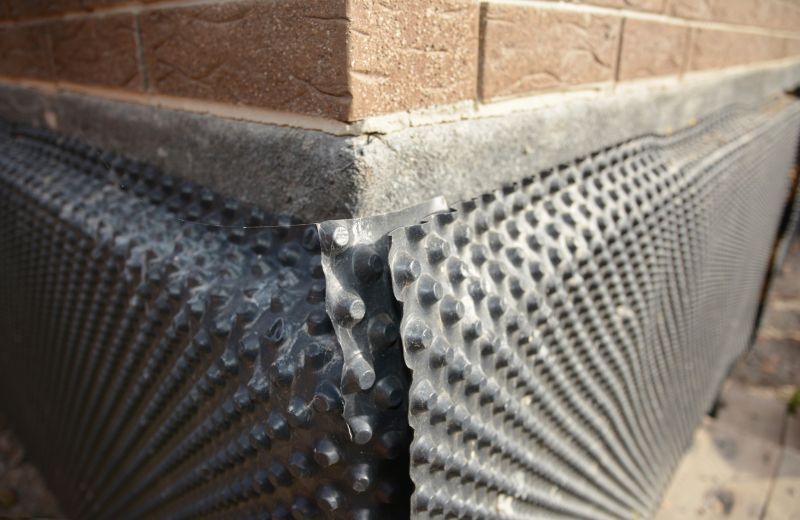
Ways to make Waterproofings work in tight or awkward layouts.
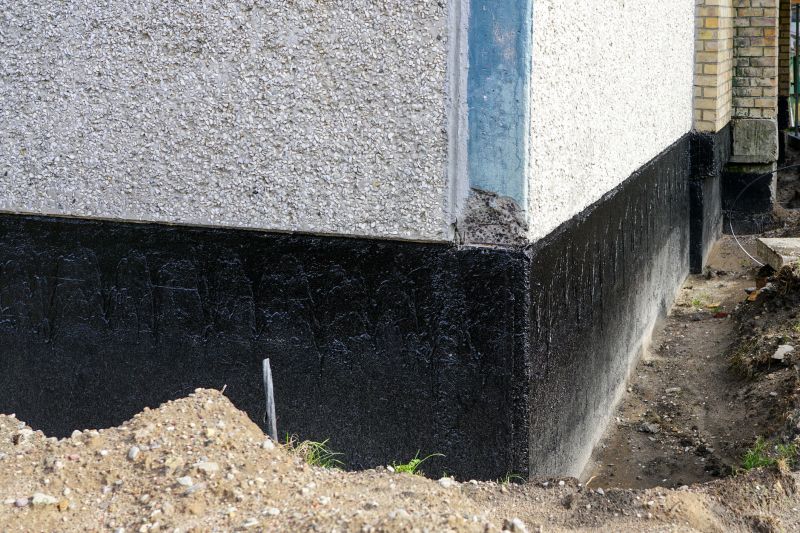
Popular materials for Waterproofings and why they hold up over time.
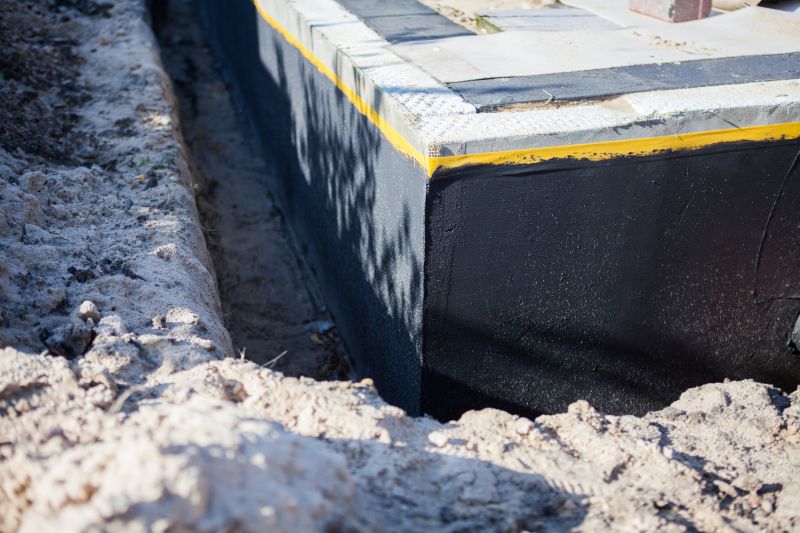
Simple add-ons that improve Waterproofings without blowing the budget.

High-end options that actually feel worth it for Waterproofings.
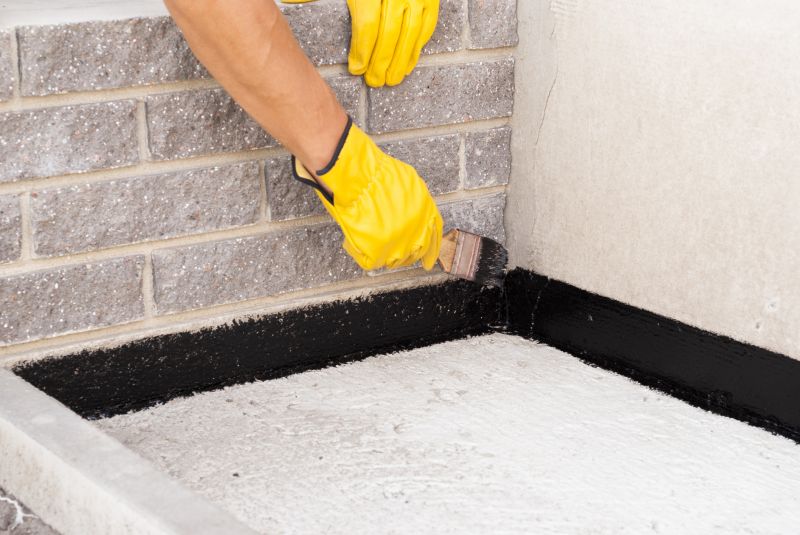
Finishes and colors that play nicely with Waterproofings.
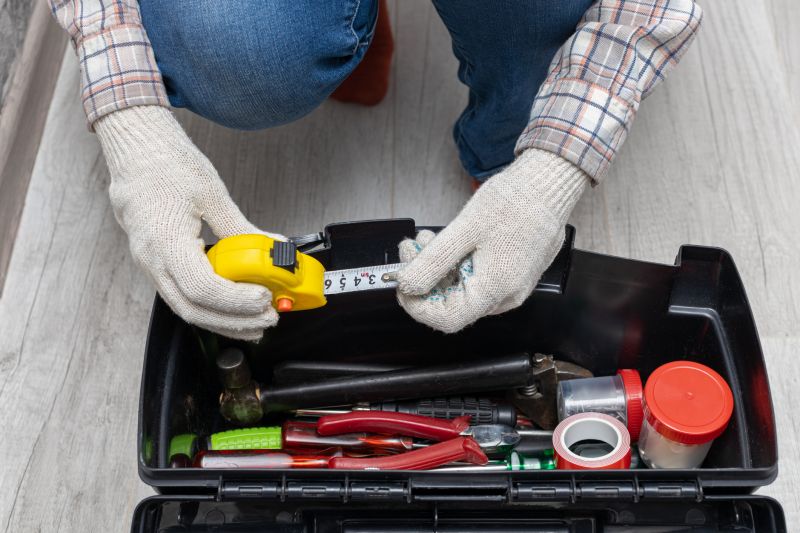
Little measurements that prevent headaches on Waterproofings day.
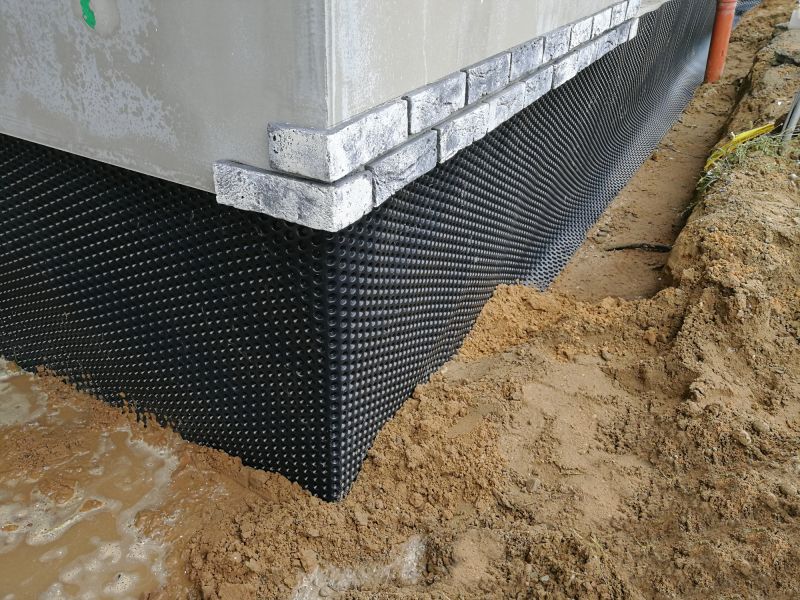
A 60-second routine that keeps Waterproofings looking new.
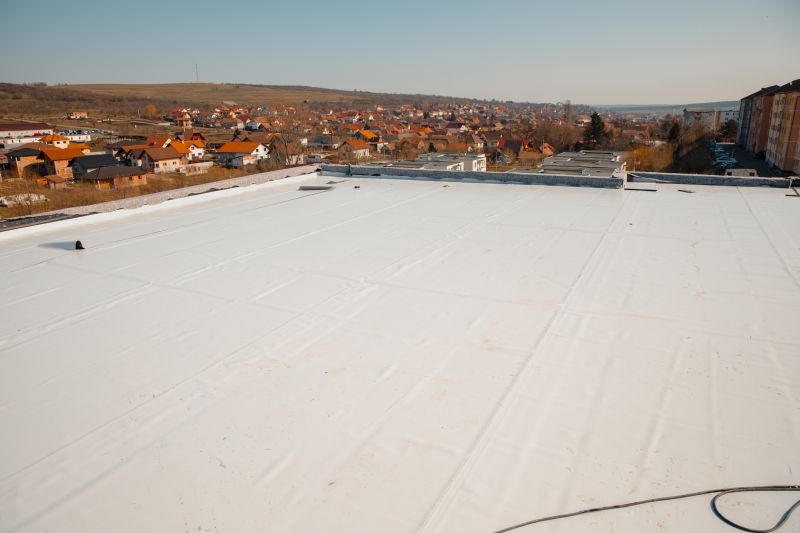
A frequent mistake in Waterproofings and how to dodge it.
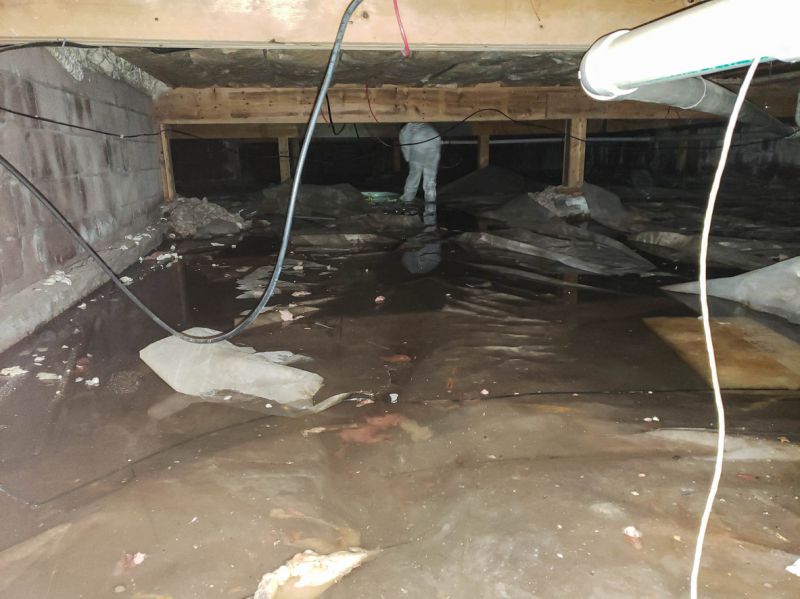
Small tweaks to make Waterproofings safer and easier to use.
| Season | Recommended Conditions |
|---|---|
| Spring | Moderate temperatures, low humidity, dry weather |
| Summer | Stable temperatures, avoid peak heat hours |
| Fall | Cooler temperatures, dry conditions |
| Winter | Freezing temperatures, high moisture levels |
Waterproofings involve applying specialized materials to prevent water penetration in various structures. These systems are essential for maintaining the integrity of foundations, roofs, basements, and other critical areas. Properly timed waterproofing can extend the lifespan of a structure, reduce maintenance costs, and prevent water-related damages such as mold, rot, and structural weakening.
Statistics indicate that waterproofing failures are often linked to improper timing and application conditions. Studies show that waterproofing applied during optimal weather conditions has a 30% longer lifespan compared to those installed in unsuitable weather. Ensuring the application occurs during the recommended seasons enhances durability and performance.

Lower-waste or water-saving choices for Waterproofings.
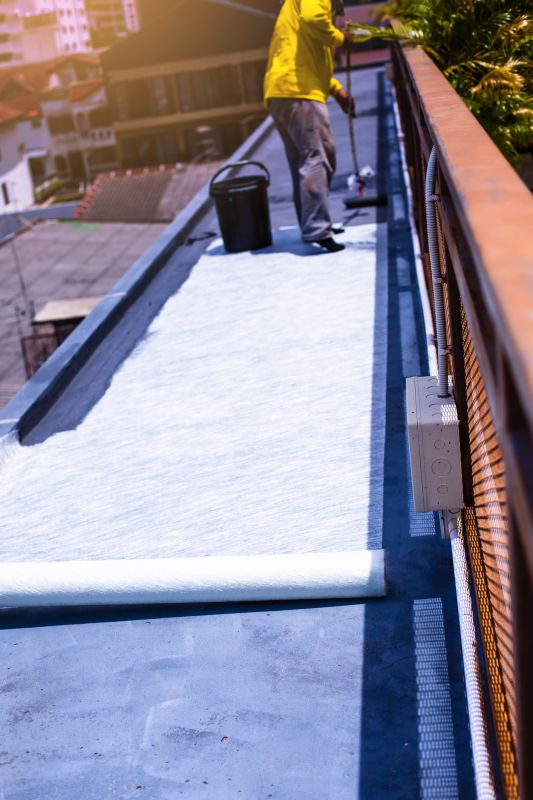
The short, realistic tool list for quality Waterproofings.

Rough timing from prep to clean-up for Waterproofings.
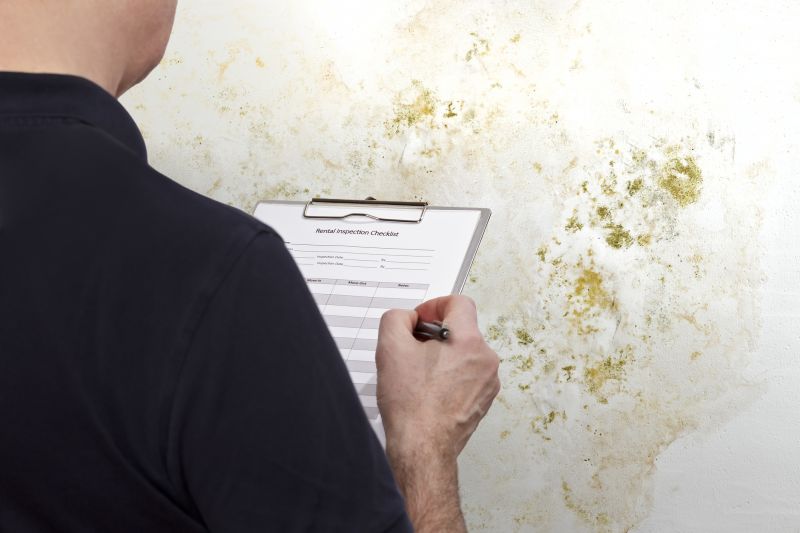
Quick checks and paperwork to keep after Waterproofings.
For those interested in waterproofing services, filling out the contact form can provide valuable information on scheduling and options. Proper timing and application techniques are crucial for ensuring long-term protection against water intrusion.

